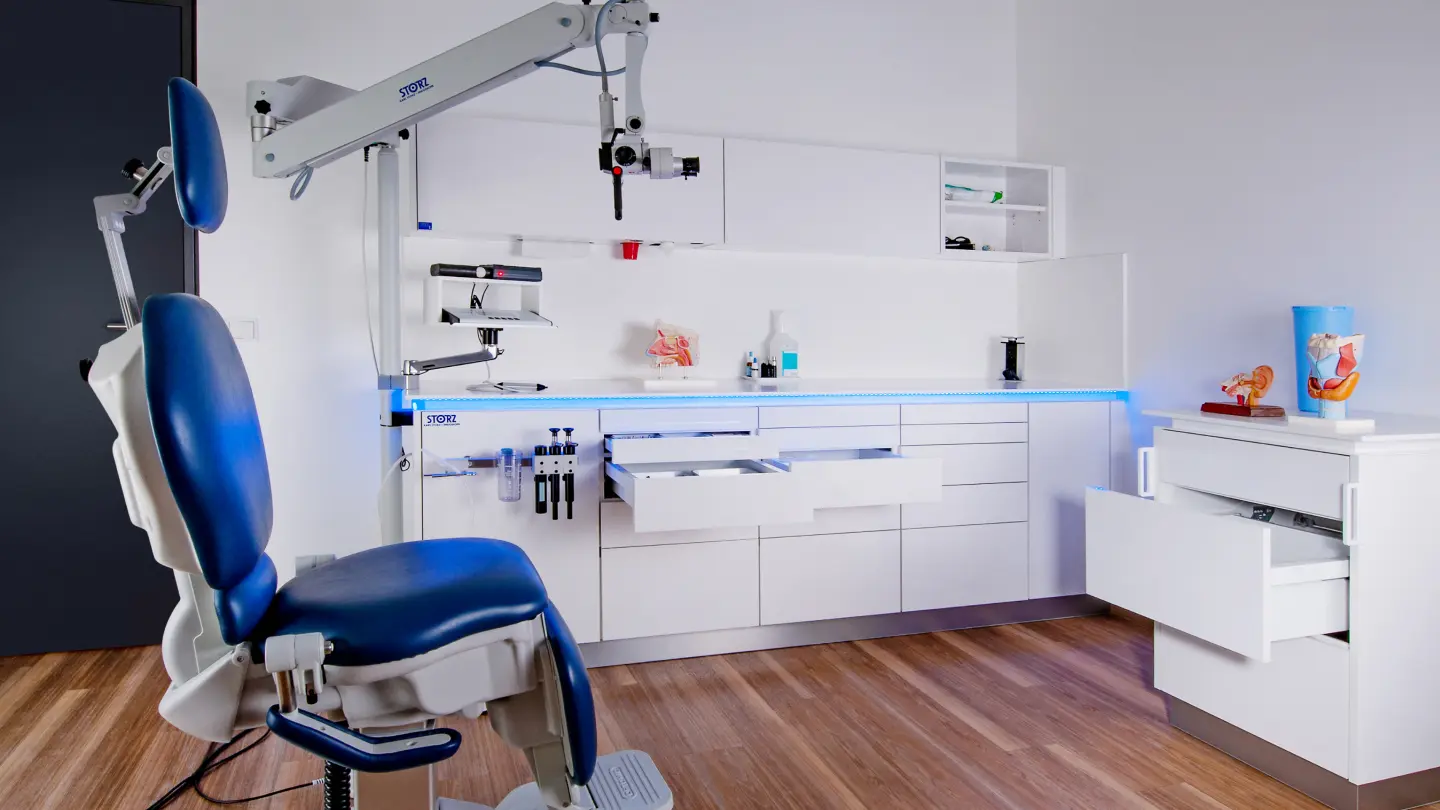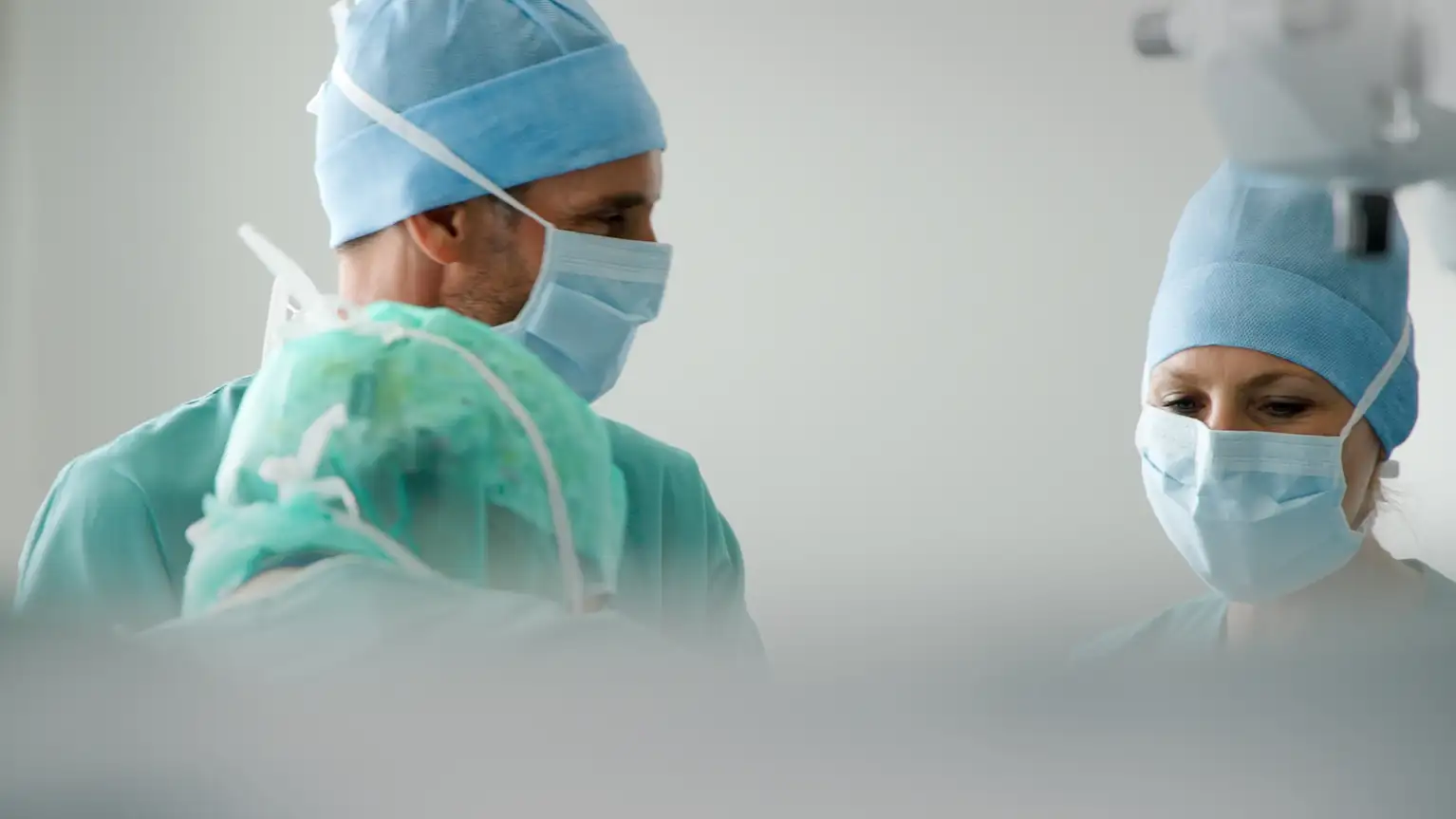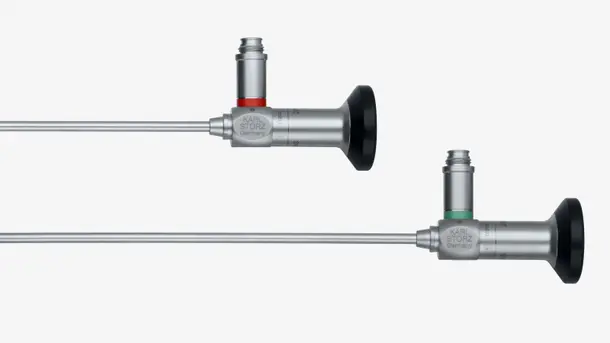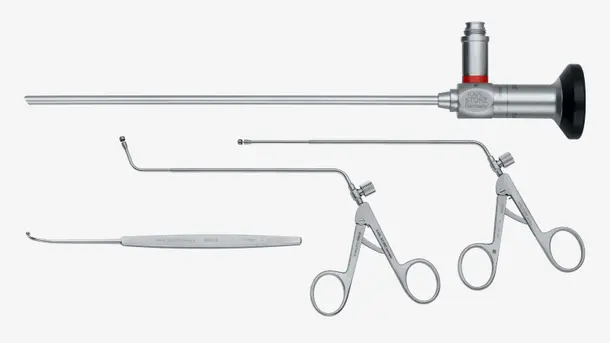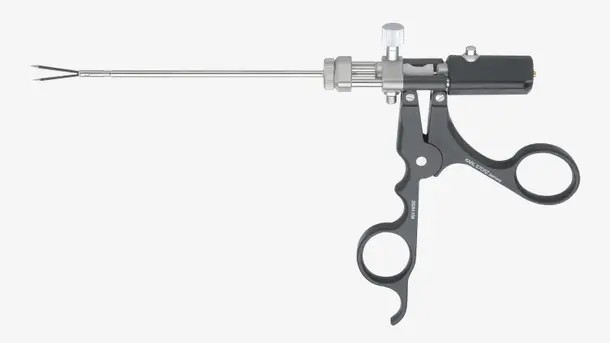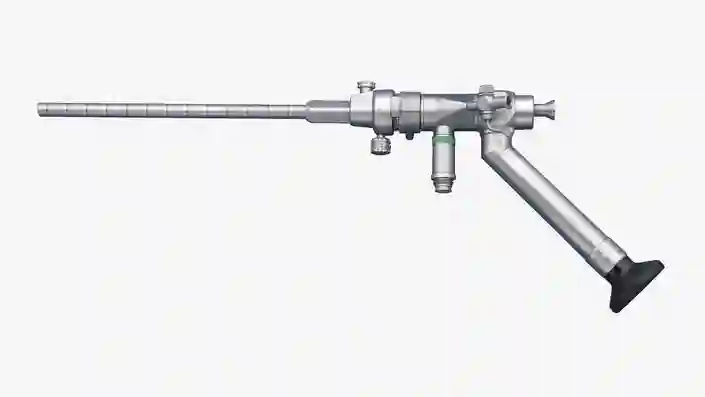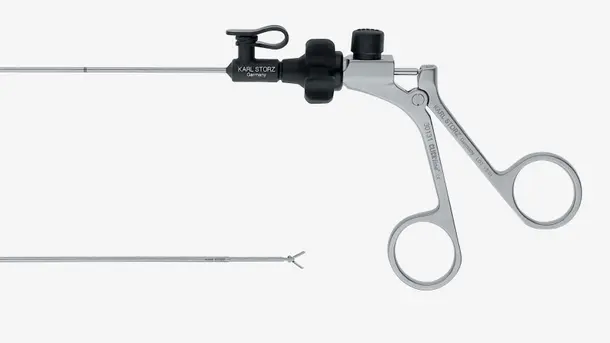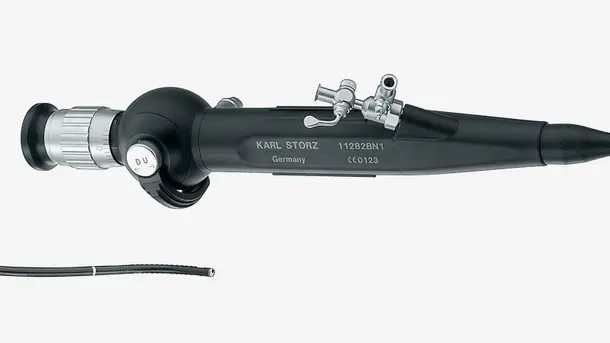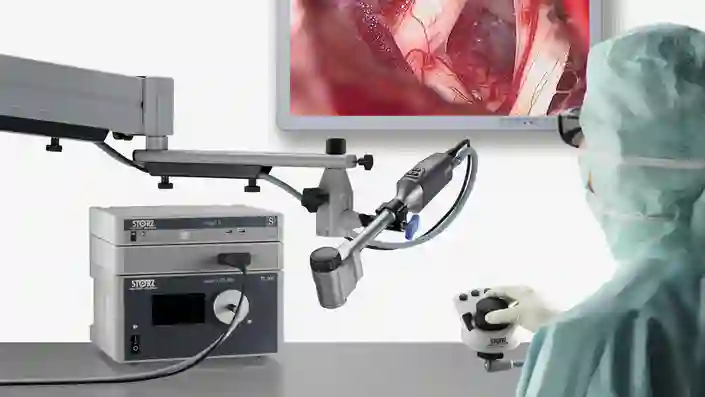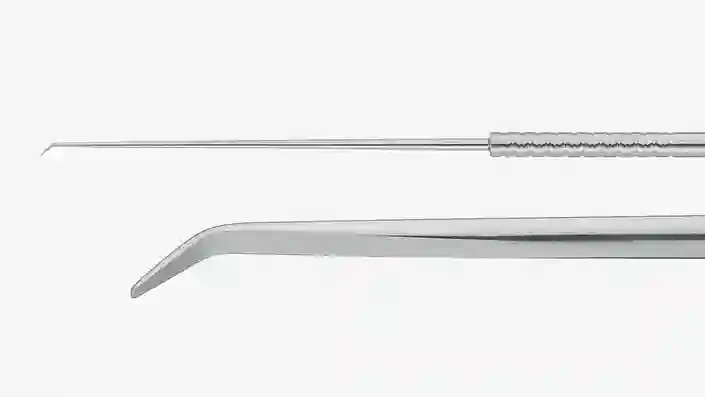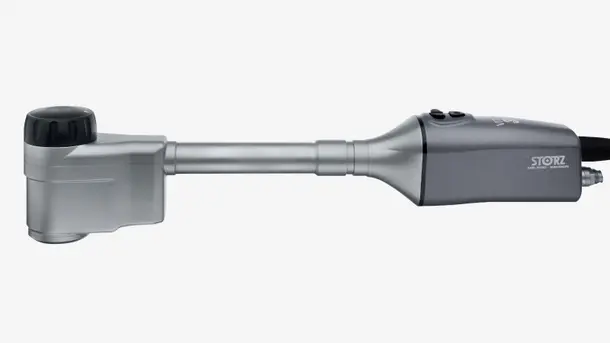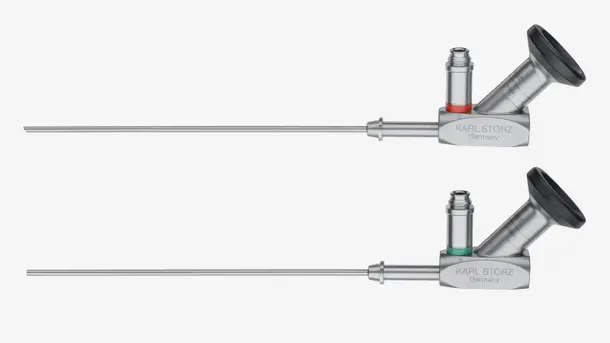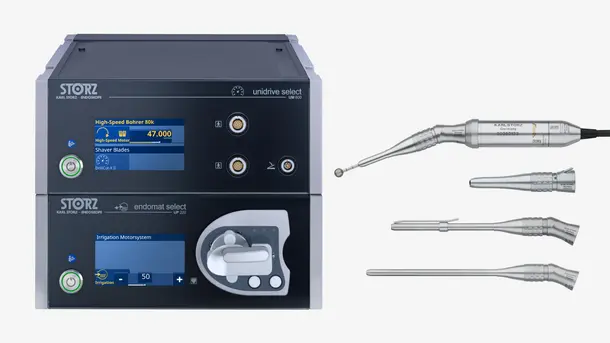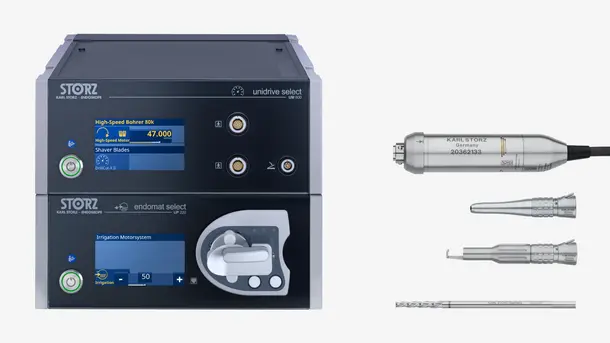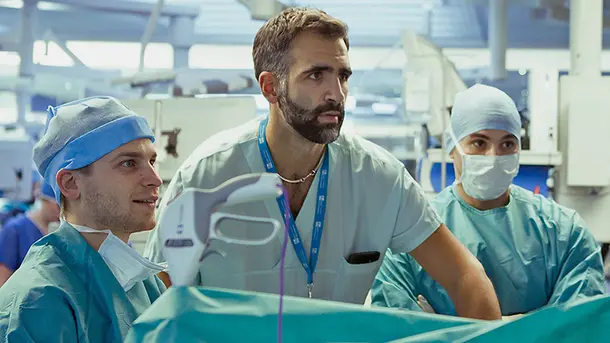Solutions in the Spotlight
Highlights by Procedure
Endoscopic Skull Base Surgery
Everything you’ll need to get started
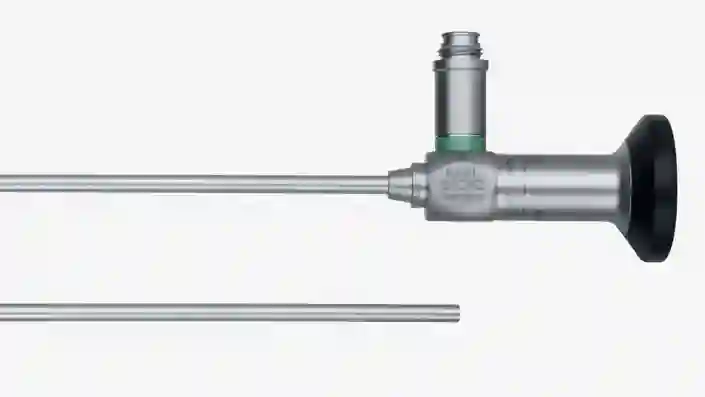
Skull base endoscopes
From 0°, 30°, 45° to 70°, straight and angled eyepieces to various diameters, 2D, 3D, 4K and ICG capabilities.
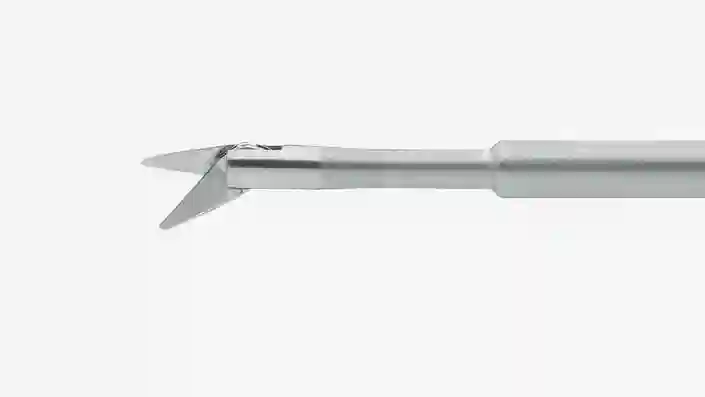
Skull base instruments
Explore our comprehensive set of specialized endoscopic skull base instrumentation.
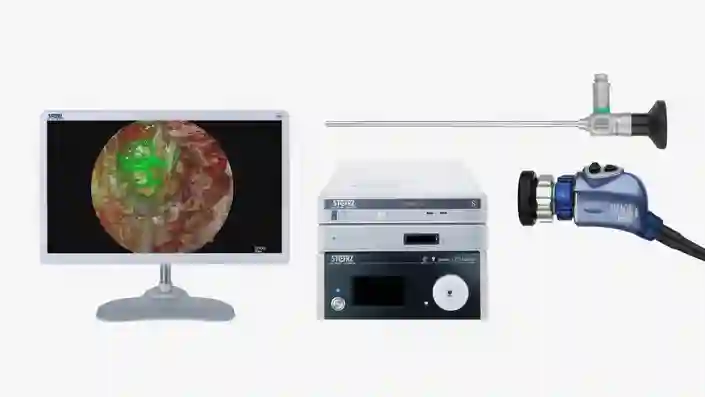
NIR/ICG in neurosurgery
The 4 mm endoscopic near-infrared indocyanine green of IMAGE1 S™ RUBINA™ helps identify critical neurovascular structures.67
Highlights from our range
Intraventricular Neuroendoscopy
Our state-of-the-art intraventricular neuroendoscopy solutions for obstructive hydrocephalus and other lesions within the ventricular system are the result of our close partnership with experienced surgeons. By using our cutting-edge technology, you can avoid the need for shunts in your obstructive hydrocephalus patients1, resulting in improved quality of life.8
Everything you’ll need to get started
Highlights from our range
Endoscope-assisted & Keyhole Neurosurgery
Everything you’ll need to get started
Highlights from our range
Surgical Motor System for Neurosurgery
Everything you’ll need to get started
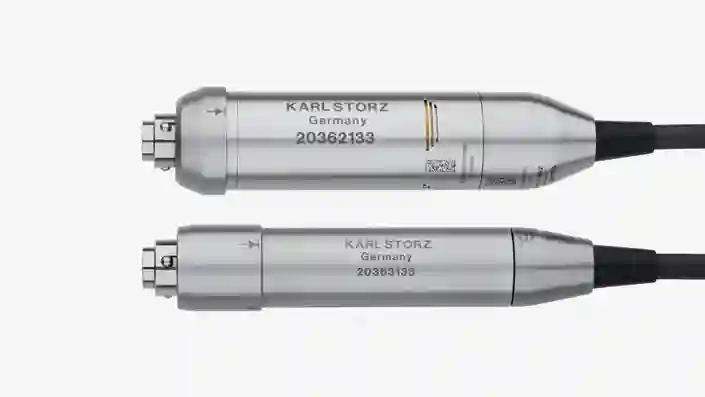
High-speed motors
Air-cooled HighDrive® is designed to deliver consistent performance and comfort during long procedures. Compact, low-weight LightDrive is quiet even at high speeds.
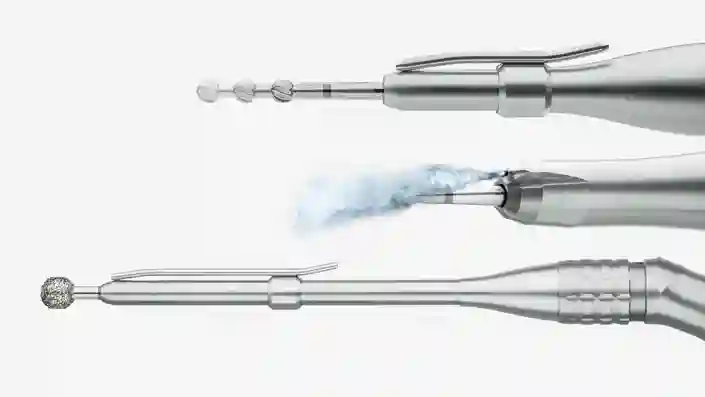
High-speed handpieces
Our high-speed handpieces come in many lengths and are compatible with HighDrive® and LightDrive micro motors, with speeds up to 80,000 rpm.
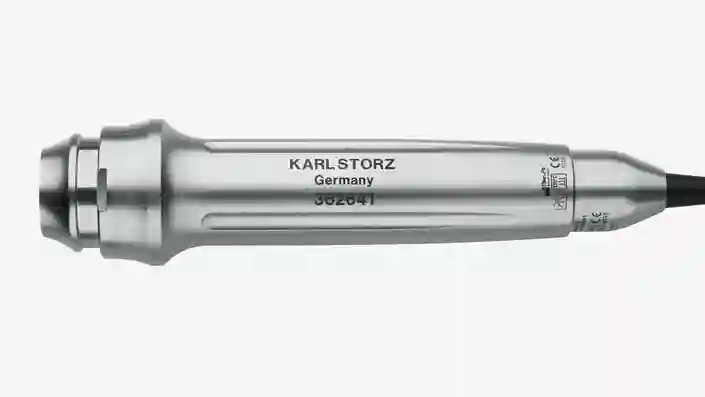
Perforator
The ergonomic perforator is designed for power and control during trepanation procedures.
Highlights from our range
Create state-of-the-art surgical spaces tailored to your needs
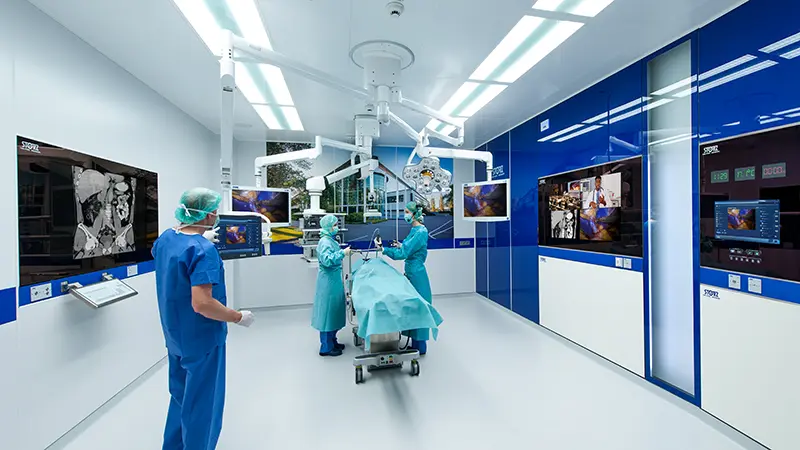
The future of operating room integration
